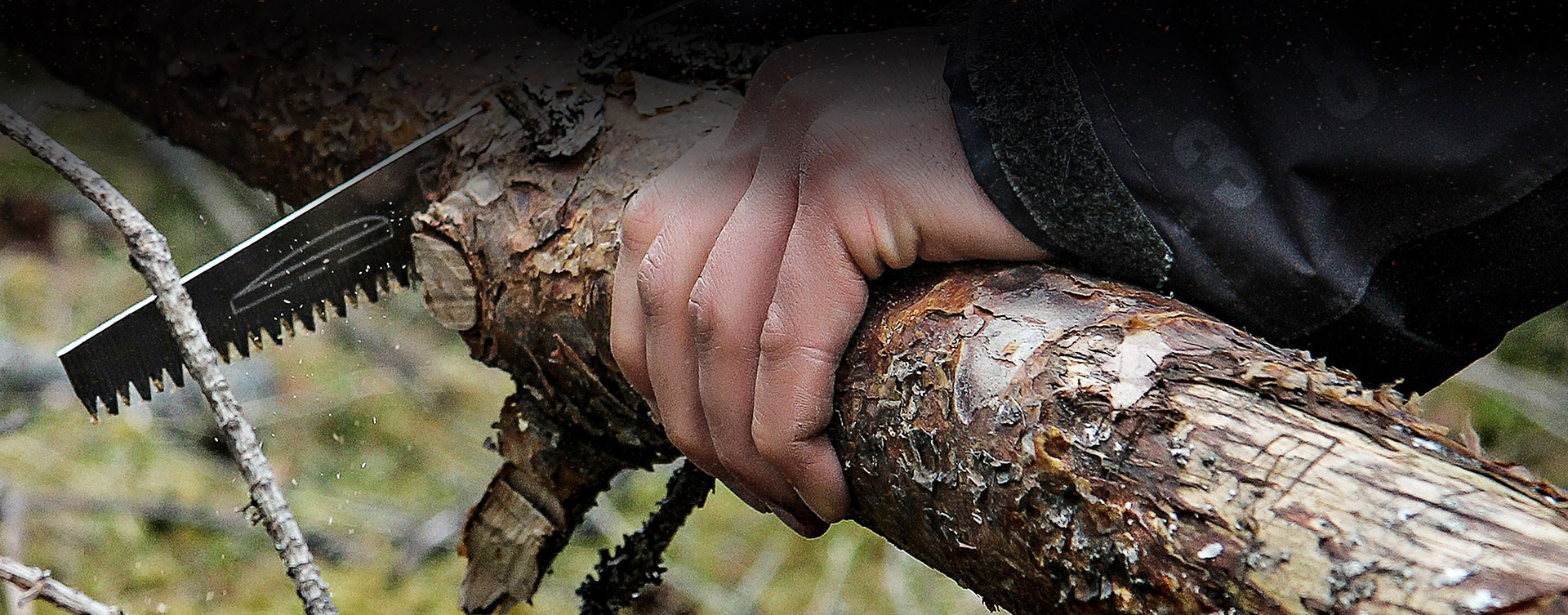
3. The reason for the abundance of midges is the females ability to lay eggs without ever having a blood meal, after she has hatched. (only 10% of midges will feed from an animal before dying).
4. A wind speed above 6mph is enough to keep them at bay.
5. The midge is inactive at humidity levels below 60%
6.Avon skin-so-soft doesn’t work! Any product with DEET included doesn’t repel midges but burns their legs/wings off…..it is toxic and shouldn’t be used around water sources. Traditional deterrents include; Bog myrtle, penny royal, thyme and even pomegranate skin.
7. Pipistrelle bats, warblers and swifts feed on swarms of midges but due to the size of the midge (and contrary to popular belief), constitutes a very small part of any insectivorous animal/plant.
8. The midge Larvae are semi aquatic, they drown in water, and dry up in the dry.
9. in ideal midge conditions (West Coast) it is calculated that a Hectare can contain up to 24 million Larvae.
10. You can get a midge forecast here http://midgeforecast.co.uk/
11. Midges are the souls of the dead…….
Keep up to date with our blog for more offers on our Bushcraft and Survival Courses in Scotland and North East England – We feature discounts and competitions regularly.











 Message an Instructor now
Message an Instructor now